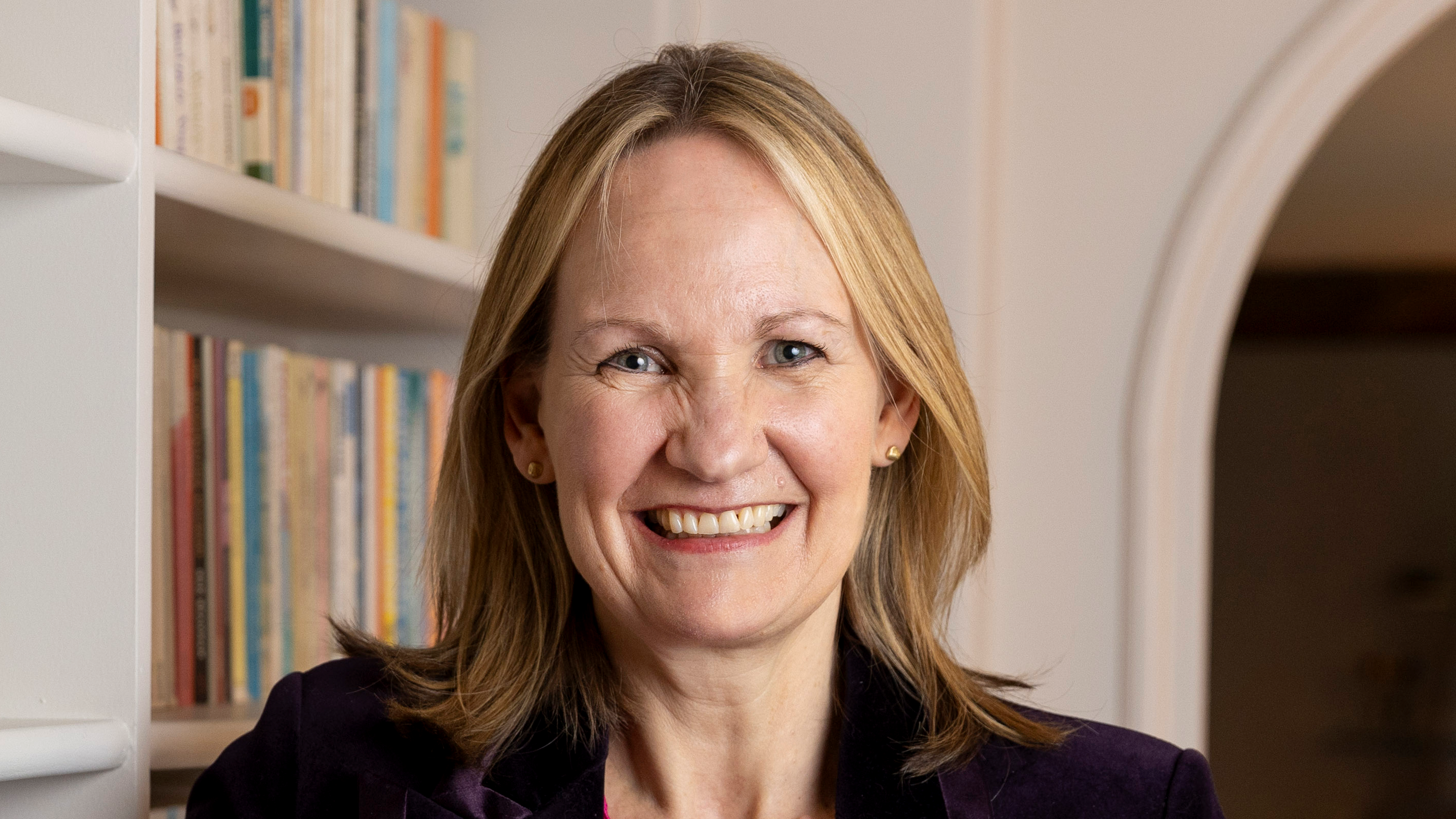In 2022, just 2,000 LinkedIn profiles mentioned fractional leadership. By 2024, that number had exploded to more than 110,000. This exponential rise reflects a new way of working, the hiring of "fractional twins" for C-suite leaders.
Fractional twins are not deputies or temporary. They are experienced former executives who have "been there and done it," and are now available on a flexible basis to partner with CFOs, chief marketing officers, HR directors, and beyond. Acting as trusted, non-threatening allies, they give corporates an immediate boost in senior capacity without the full-time cost of another hire.
As the demand for top-level capability intensifies, fractional twins are quickly becoming a critical part of modern leadership teams.
The Growing Pressures on Today's C-Suite
For mid-to-large corporations, the demands on executive leaders have never been higher. Their human capabilities are being stretched to their limits as they are expected to be experts in everything from digital transformation to commercial strategy, all while leading teams and delivering value for shareholders. To have all these skills and growing responsibilities wrapped up in a single individual isn't healthy or sustainable. There's also a significant organizational risk and opportunity cost attached to reliance on a small number of individuals to do everything.
Human capability has limits, and organizations face risks when key knowledge and decision-making rests with a small number of overstretched individuals. We're already seeing the results of this with rising burnout rates and organizations missing opportunities in a fast-paced business environment.
This is where fractional twins come in. Instead of asking one leader to do everything, businesses can dial in specialist skills and additional leadership capacity on demand.
What Are Fractional Twins?
Fractional twins are seasoned C-suite professionals who provide fractional executive support, flexibly allocating their time as needed to deliver specialized expertise that current executives may lack or require on a temporary basis. This arrangement enables organizations to meet evolving demands effectively.
Fractional twins can come in either as "identical twins" to reinforce existing skills for specific initiatives, or as "nonidentical twins" to complement existing executive capabilities by filling experience gaps and introducing a diverse skill set.
 These experienced professionals have held senior executive roles and possess a comprehensive understanding of the challenges and responsibilities involved. They offer strategic, operational, and leadership guidance, as well as hands-on execution — understanding what is required from their own prior experience. Their involvement typically requires minimal supervision, allowing current executives to focus on areas where they can add the most value.
These experienced professionals have held senior executive roles and possess a comprehensive understanding of the challenges and responsibilities involved. They offer strategic, operational, and leadership guidance, as well as hands-on execution — understanding what is required from their own prior experience. Their involvement typically requires minimal supervision, allowing current executives to focus on areas where they can add the most value.
Moreover, these professionals are not seeking permanent employment; they've chosen a portfolio career and are motivated by contribution, not competition.
The result is that corporates gain an ally who can think strategically, act decisively, and deliver results without heavy oversight or onboarding.
Fractional Twins to Fill Skills Gap
When the founder of Premier Partnership, a Yorkshire, U.K.-based consulting firm, retired, the company faced a talent gap in their finance function. As the company grew, placing increased demands on its finance team, it became clear that additional senior leadership support was needed to fill the gap.
Instead of recruiting another full-time executive, finance director Chris Mouatt opted to hire a fractional twin, Nicola Horton, fractional CFO, formerly a full-time finance director with over 15 years of experience.
Like having an actual twin, one of the benefits of fractional twins is that they are a peer. Mouatt noted he valued having a second senior finance professional to challenge ideas, provide objective advice, and collaborate on solutions to strengthen decision making in the company. "We get the expertise of a high-calibre CFO without the full-time cost, making this a commercially smart solution," he said.
Fractional Twins to Increase C-Suite Capacity
Fractional twins can also be used to help increase capacity of existing leadership teams, which is crucial as the C-suite becomes more complex. For example, when U.K. insurance brokerage firm Partners& had an opportunity to accelerate their mergers and acquisition activity ahead of anticipated changes in capital gains tax at the end of October 24. the leadership team faced a stark choice: Stall business as usual or miss out on a major growth opportunity.
Partner&'s CEO Phil Barton recognized that the CFO's bandwidth was already stretched. The answer was to bring in a fractional CFO twin, Chris Thomas, whose career in financial services and transformation made him ideally suited to support due diligence and integration.
The impact was twofold. Partners& was immediately able to seize the new opportunity without dropping the ball on day-to-day finance. Thomas said one of the most important factors in fractional twin success was alignment. "When taking on a fractional twin role, you need to ensure consistent messaging with the full-time CFO. The aim is to provide capacity and support, not create confusion."
Why This Model Works
Fractional twins expand capacity and connect corporates to a diverse expertise network. They bring innovative insights across industries and facilitate integration of automation, AI, and digital transformation. The model is scalable, allowing tailored teams to meet strategic needs without over-reliance on generalists or disconnected interim hires.
By pairing leaders with experienced allies, businesses enhance agility, gain specialist knowledge, and reduce burnout, all while doubling leadership capacity cost-effectively. As work unbundles into roles and combines automation with human expertise, fractional twins offer a smarter, scalable leadership solution.
Sara Daw is group CEO of The CFO Centre and its parent company The Liberti Group in Swindon, England, which is the global No. 1 provider of part-time and fractional C-suite professionals. She recently published the book Strategy and Leadership as Service (Routledge, 2024) which explores the fractional leadership trend.